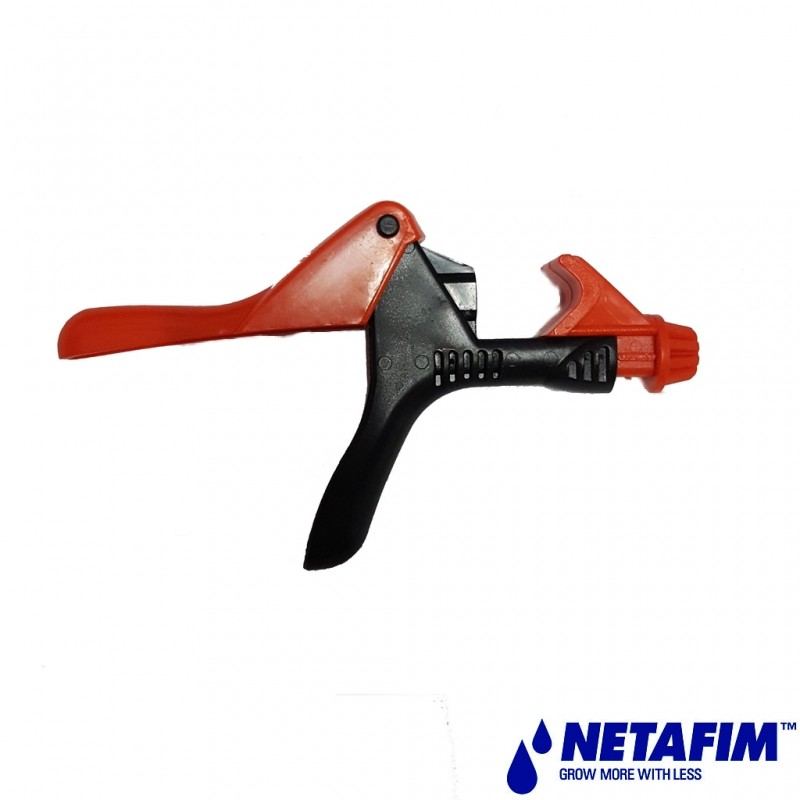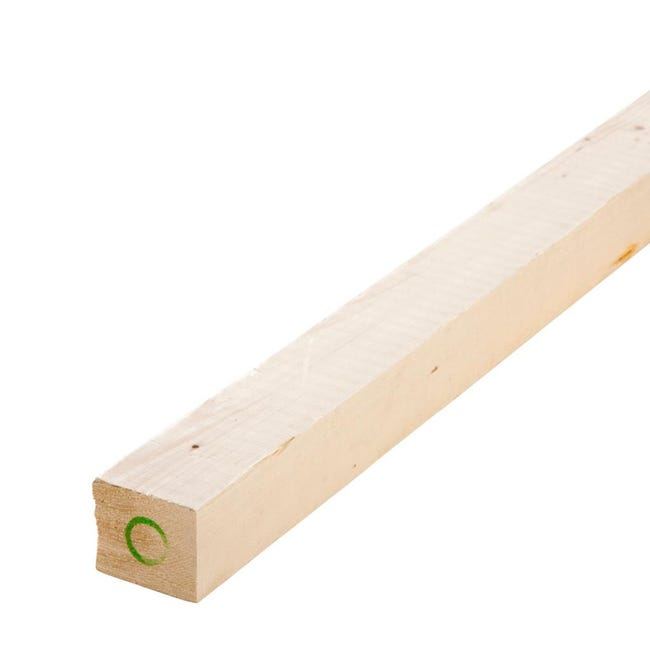Will the door ever be opened? Then outside air, at whatever interval, will enter the room but for arguments sake, yes, you don't need to exchange room air but you will need to scrub the air in the room to remove those odors and whatever other pathogens are flying through the air. There are studies talking about negative effects on plants in negatively pressurized environments.
An excerpt from an article:
How does negative pressure affect plants
Negative pressure, also known as vacuum pressure, is the force exerted by a vacuum. This type of pressure is created when the atmospheric pressure around a object is greater than the atmospheric pressure inside the object. This difference in pressure can cause objects to be pulled towards each other or sucked into the vacuum.
Negative pressure can also affect plants. When a plant is exposed to negative pressure, the air inside the plant’s cells is forced out. This causes the cell walls to collapse, which damages the plant.
In some cases, such as when a plant is exposed to very high levels of negative pressure, this damage can be fatal. Plants that are native to areas with high levels of negative pressure (such as mountaintops) have evolved ways to protect themselves from this type of damage.
The moment you open the door the negative air pressure will drop inducing an opposite effect of pushing air out as it tries to normalize with atmospheric pressure. This is why you scrub the air inside the chamber regardless of the fact the chamber is under negative pressure.
From my past experiences with sealed rooms, I believe a sealed room with a ventilation system is the best way to run a sealed room and get the benefits it provides.
Also, to create negative pressure you need to be able to extract air out of the room and keep on extracting it to maintain that pressure. How will you do that and keep the room sealed?
From another member on the site:
There is so many different opinions & arguments regarding the proper way to run a sealed grow room environment for getting the most optimal results and highest yields around the act of exchanging the air in a sealed grow room supplemented with CO2, that I decided to start this thread to share with you what I've learned with all my past experiences and findings in setting up many commercial sealed grow room environments over the last ten years.
To ventilate or Not to ventilate?
Many argue that there is no need to ventilate a sealed grow room environment because you can simply supplement CO2 and scrub the air with a carbon filter. They say it's a waste of money to let excess CO2 escape and that there is no benefit in doing this. Then I ask them how many sealed grow room environments have they've built and it's usually only a few.
The proven benefit of a sealed grow environment is that you can control and really dial in the elements of the environment to achieve better results than a traditional open air exchange system. The general concensus is that you can truly achieve better quality and maximize weight with a sealed grow room setup. But are you truly maximizing your results?
While many claim to achieve good or great results with a completely sealed room with no air exchange, and also never experience any issues with plants my experience has shown me otherwise.
I've setup many sealed rooms the exact same ways where I have achieved great results and other times I've gotten different results using the same exact setup in a different place. This has boggled my mind for years of why this may be happening. Some places I pulled my best grows and yields and others have given me moderately average results to my grow standards. I don't know the reason yet why this happens sometimes but I've come to the conclusion that when you take away what's worked in nature for millions of years and then attempt to fabricate it by adding all the known needed elements to properly grow cannabis correctly you would expect to get the same results but time has shown me that this isn't the quite case. I've seen unexplained plant problems, small nugs, plants getting freakish leaf wilt, plants acting weird for no reason etc with sealed grow rooms that all had one thing in common and there was no air exchange. Wether it's bad gases in the environment, like excess ethylene or drowning your root zone with too much CO2 etc who knows. Let all those arguments continue. What I do know is that ever since I started running hybrid type systems all the freak problems went away and I am achieving the results of what one would consider a master grower.
There is a way of getting better results by running a hybrid of both systems. Taking what already works in nature and combining it with what man has discovered with CO2 enrichment and environment control to form a hybrid system that helps keep the known and unknown important elements of the environment at balance is what I found to be the key for the perfect grow room.
A hybrid room that is sealed With CO2 enrichment and at the same time ventilated with a continous exhaust fan running at a much slower rate usimg a dimmer so I don't suck out all the CO2 in minutes so that I can still maintain the proper levels of all the necessary known and unknown elements in the environment of nature was the key to having all these freak issues go away. After doing this I've never seen these problems crop up again. Even though my CO2 expense goes up a bit my yields have been the best ever. The buds just simply get bigger. Hitting over 3+ pounds a light with gavita fixtures. When I didn't vent my sealed room I would get 2.3-2.5 a light. I learned this from a very experienced grower in the San Fernando valley. He is the guy who created the sfv og strain. This is how he does his sealed rooms and hits 3.5 pounds a light on a consistent basis. Every grower out here in the SFV that hits over 3 a light runs theirsealed rooms like this. The first picture is my top buds from my og kush strain using the hybrid system, the second picture is a top bud of the same og kush strain under a traditional sealed grow room with no air exchange. I still don't know the science of why this occurs but what I do know is my results from my past experiences growing og kush and the secretes of the best growers of the SFV which first put og kush strain on the map and made it famous to the rest of the world.
Negative pressurization has a lot of good things as long as you know how much. The problem is most don't know how much is too much.






